Rara is a vibrant festival in Haiti that fills the streets with color, sound, and energy. It’s more than just a celebration—it’s a cultural expression, a way for people to come together, and a tool for resistance. Every year during Easter season, communities gather to celebrate with Haitian music, dance, and art.
Rara is a vibrant Haitian festival celebrated annually during the Lenten season, especially in the week leading up to Easter. This dynamic event fuses music, dance, and community spirit, serving as a profound expression of Haiti’s rich cultural heritage.
What is the Meaning of Rara?
Rara is both a festival and a type of music that has deep roots in Haitian culture. The word “Rara” comes from African traditions and symbolizes the connection Haitians have to their ancestors. The music and the event are not just for fun; they are a way to show pride and resilience in the face of hardships.
At its core, Rara allows Haitians to celebrate their history and culture. Through lively parades, Haitian artwork, and music, people honor their ancestors’ struggles and express their identity.
What is Haitian Rara?
Rara starts on Ash Wednesday and lasts until Easter Sunday. During this time, Rara bands march through the streets, playing handmade instruments like bamboo horns (called vaksin), drums, and metal bells. The music from Haiti played during Rara is upbeat and full of rhythm, inviting everyone to join in singing and dancing.
The festival is also connected to Vodou, a religion practiced by many Haitians. Rara bands often honor spirits, known as lwa, making the celebration spiritual as well as festive.
The Cultural Importance of Rara
Rara is more than just music and dance—it has a strong cultural and political meaning. The songs played during Rara often talk about social issues, like poverty or government corruption, giving people a voice to express their concerns.
Throughout history, Haitians have used Rara to protest against injustice. This makes Rara a powerful symbol of Haitian art, blending music with activism to unite people.
Instruments Used in Rara
The sounds of Haitian music during Rara come from unique instruments like drums, bamboo horns, and scrapers (called graj). These instruments are often handmade from local materials, showing the creativity of Haitian artisans.
For example, the vaksin is made from hollow bamboo sticks and creates different musical notes based on its length. This adds to the authenticity and connection to artwork from Haiti.
Dance in Rara
Dance is a key part of Rara, with participants wearing colorful costumes and performing energetic moves that reflect the joy of the festival. The costumes, often decorated with sequins, are a form of Haitian artwork that symbolizes cultural pride.
As dancers twirl and move in sync with the music, they embody the spirit of Haitian arts, bringing the celebration to life with their dynamic performances.

Rara: A Celebration of Community
Rara is all about community. During the festival, families and friends come together to celebrate, creating strong social bonds. Whether you’re young or old, everyone is encouraged to participate in this important Haitian cultural tradition.
Towns across Haiti, such as Port-au-Prince and Leogane, come alive with Haitian music echoing in the streets. These celebrations unite people and preserve art from Haiti for future generations.
The Evolution of Rara
Rara has changed over time but has always stayed true to its roots. Today, you may hear modern influences like reggae or hip-hop mixed with traditional Haitian music during the festival. This evolution shows how Haitian art continues to adapt while keeping its history alive.
Experience Rara
If you’re in Haiti during the Easter season, attending Rara is an unforgettable experience. The streets are filled with music, dancing, and Haitian artwork, making it a must-see event for anyone interested in Haitian arts and culture.
Rara, the Heart of Haiti
Rara is a celebration of Haiti’s culture, history, and people. Through Haitian music, art, and dance, this festival brings communities together and serves as a reminder of Haiti’s resilience. As a symbol of both joy and resistance, Rara is an essential part of Haitian artwork and cultural identity.
By celebrating art from Haiti, Rara ensures that these traditions will continue to thrive, preserving Haiti’s rich cultural heritage for generations to come. Whether you’re drawn by the lively music or the deeper cultural meanings, Rara offers a powerful connection to Haiti’s soul.






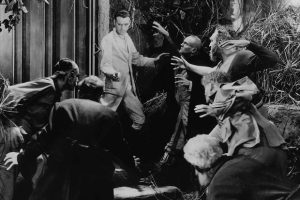

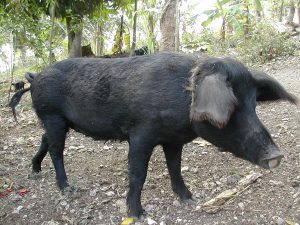
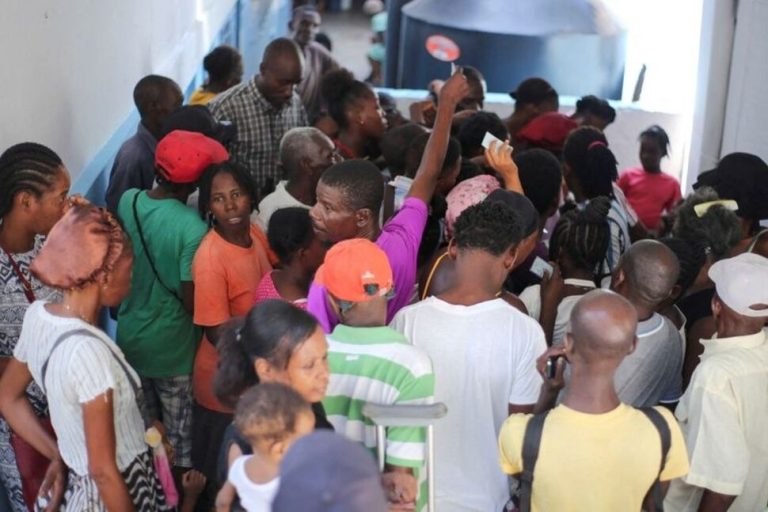
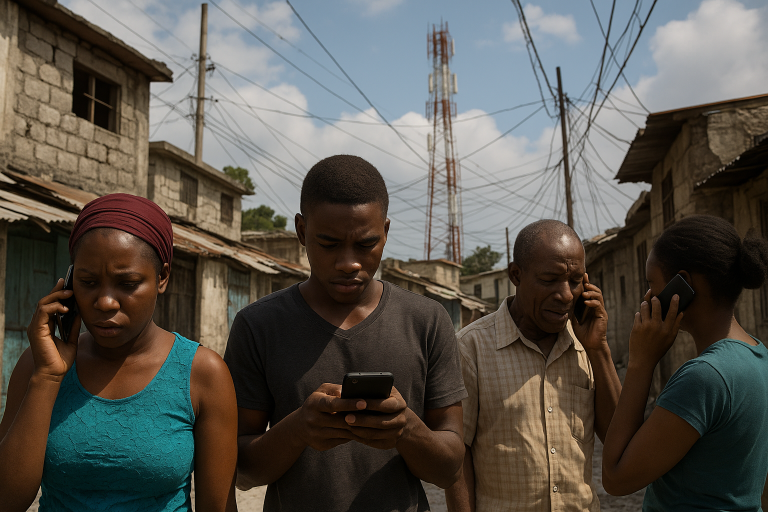
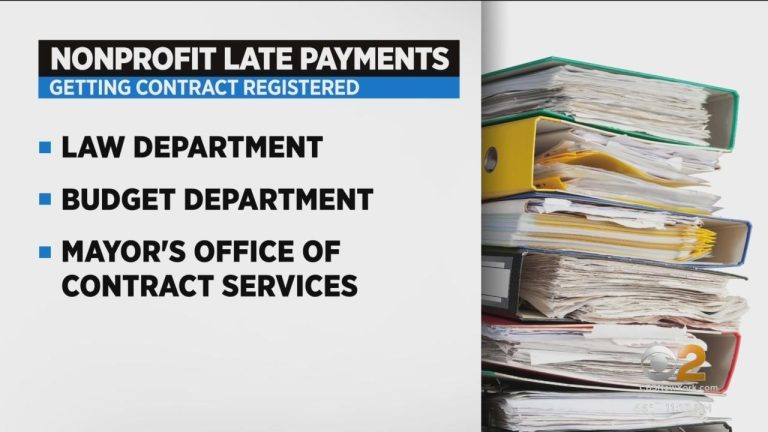
Add a comment